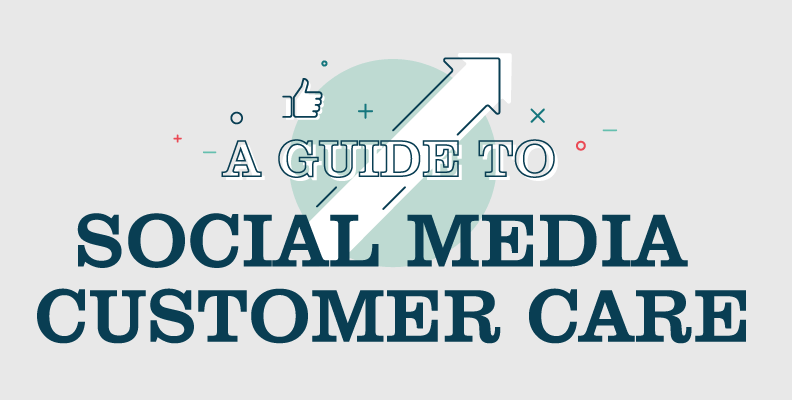4 Ways Multiple Financing Options Can Help Grow Your Business
Running a business is full of challenges, and growth can add new ones. Adequate funding helps you meet every opportunity head-on.
In today’s unpredictable environment, it’s important to know what options are available — and how they can work together to help your business grow. Each unique situation calls for a unique approach.
Looking to tackle the next chapter of your business? Here are four reasons why you may want to combine multiple financing options to do it.
1. Combining Financing Options Can Provide Additional Funds
A small business loan can be a great way to give your company the boost it needs to get off the ground. But what happens when you encounter a new growth opportunity that requires additional funding?
Combining multiple financing options is one way to keep the momentum up. Do you need to cover expenses? Has growth started to outpace your ability to keep up? Is there an unexpected opportunity you want to take advantage of? There are many types of financing that work in conjunction with your current plan to give your business the boost it needs.
Explore your options by talking with your lender — they can help you find the best path to keep your business growing.
2. Different Products Can Meet Different Needs
Combining different forms of financing can help you meet different financing needs. A term loan, for instance, provides funding in a lump sum that’s best used for big one-time expenses. For ongoing costs, a line of credit offers the flexibility to borrow what you need, when you need it.
Research funding options to find the ones that are best for you.
Small business loan – Installment Loans are a popular form of financing because of their versatility and variety. They allow you to borrow a large sum of money so you can tackle big projects. You’ll receive a lump sum of cash that can be used for anything from marketing to expansion and renovation.
Line of credit – A business line of credit is a great option if you need ongoing access to working capital. Functioning almost like a high-limit credit card, a line of credit can also be used in place of cash. It can help cover unexpected expenses and keep your business running smoothly while other resources are diverted to growth.
Purchase of receivables – If you need financing and don’t want to take on debt or sell equity, you may want to consider a purchase of receivables agreement. You’ll receive a lump sum in exchange for a percentage of your future revenue.
3. Multiple Funding Sources Can Help You Weather Unexpected Costs
Expenses are part of running a business. You need to cover payroll, inventory, marketing and everything else, but you can’t always predict what problems will pop up or when they’ll come at you.
When you’re focused on growth, you don’t want the challenges of running a business to derail your plan. Having multiple sources of financing can help keep you going through slow seasons and unexpected expenses.
For example, say you take out a term loan to finance a big renovation. Later on, you discover you need to replace an expensive piece of equipment. If you have a line of credit available, you can cover the costs of the new equipment without having to divert funds from the renovation. By combining the benefits of both kinds of financing you keep your goals on track and your business running smoothly.
4. Combining the Right Financing Options Can Help Avoid Loan Stacking
Loan stacking is when you take on an additional loan before you pay off the loan you already have. This is a problem when it leads to unmanageable debt, which can damage your credit.
To reduce this risk, consider pairing complementary funding options. For instance, if you have a term loan, look to add revolving credit, such as a line of credit or a credit card. With revolving credit, you can tap available funds as you need them. You only pay for what you borrow, so you can keep costs low by limiting yourself to necessary expenses.
While many lenders won’t approve multiple term loans because of the risk involved, they may consider an application for revolving credit, especially if the borrower has a good track record with the existing loan.







